Because of their unique position and vantage point on the ground in cities and states across America, community foundations can play an important role in uniting donors, nonprofits, residents, businesses and policymakers to address systemic inequities in our communities.
More than 20 years ago, NCRP looked at 10 large urban community foundations across the country. The study found that a majority of these community foundations “have been generally unresponsive to the least advantaged members of their home communities” and “most also shied away completely from funding of the most grassroots organizations, community organizing, issue advocacy or social advocacy projects, and public policy initiatives.”
Are community foundations more responsive today?
I am eager to share New York Community Trust: How Can This Equity Funder Rally Donors And Deepen Grassroots Engagement to Further Its Impact?, which I authored with NCRP Project Associate Caitlin Duffy. The report contains findings of Philamplify’s first assessment of a community foundation.
Established in 1923 to alleviate human suffering and poverty and to promote human justice, NYCT is the third largest community foundation in the country.
The New York Community Trust very clearly seeks to advance equity and address the systems that perpetuate injustice. In many ways, the foundation has been successful, but its donor-advised funds largely overlook grassroots nonprofits. Its competitive grants provide very limited support for neighborhood organizations, especially those led by or directly organizing people of color.
Our other findings include:
- The Trust primarily funds service delivery improvement and advocacy to advance equity.
- The Trust works effectively with other funders, grantees and local government to tackle key issues facing the city. Yet it rarely takes public positions on policy issues.
- The Trust is creative in its use of bequests to respond to changing community needs, but hasn’t been as effective in engaging living donors.
- Nonprofits value the Trust staff for their expertise, honesty and accessibility. They want more opportunities to meet with other grantees and with donors, and also seek more flexibly long-term funding.
- What is the Trust’s larger vision for New York City? Many of its stakeholders are wondering.
To achieve even greater impact, we urge the Trust to:
- Increase funding and capacity building to smaller and more grassroots community organizing groups and organizations led by people of color, which represent the majority of New York City residents.
- Take a stand more often and use the Trust’s bully pulpit when in the best interests of underserved communities.
- More creatively engage donors and connect them with nonprofits and affected communities.
- Increase multi-year grants and core support for equity-oriented nonprofits.
- Present unified vision, values, goals and strategies and improve communication to its constituents. A clear and compelling vision could help rally donors, other grantmakers, nonprofits and members of the community around common goals to boost equitable outcomes for New York City residents.
Read about our full findings and recommendations now.
What do you think of our findings and recommendations? Agree or disagree, and comment on the report. Also, don’t forget to take our latest poll and share which foundation you’d think we should Philamplify next. Remember, you can do all these anonymously!
With your help, we can provide the Trust and other foundations with the feedback they need to be more effective partners of nonprofits and communities in making this world equitable and just for all.
Lisa Ranghelli is director of foundation assessment at the National Committee for Responsive Philanthropy. Follow @NCRP on Twitter and join the #Philamplify conversation.


































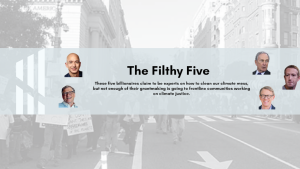



































































































































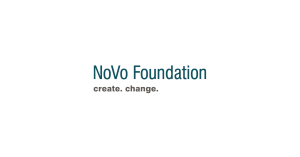

















































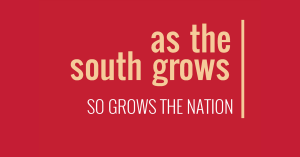
















































































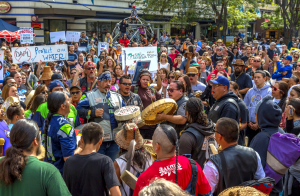

































































































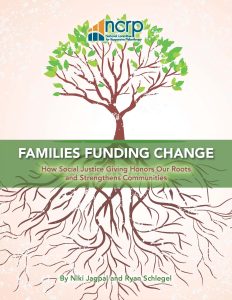



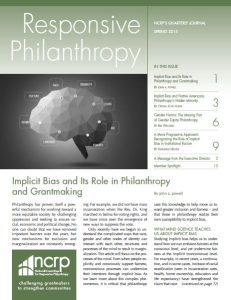




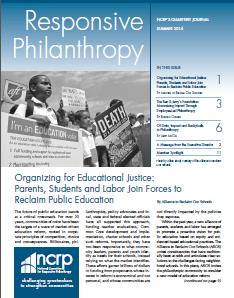


Leave a Reply